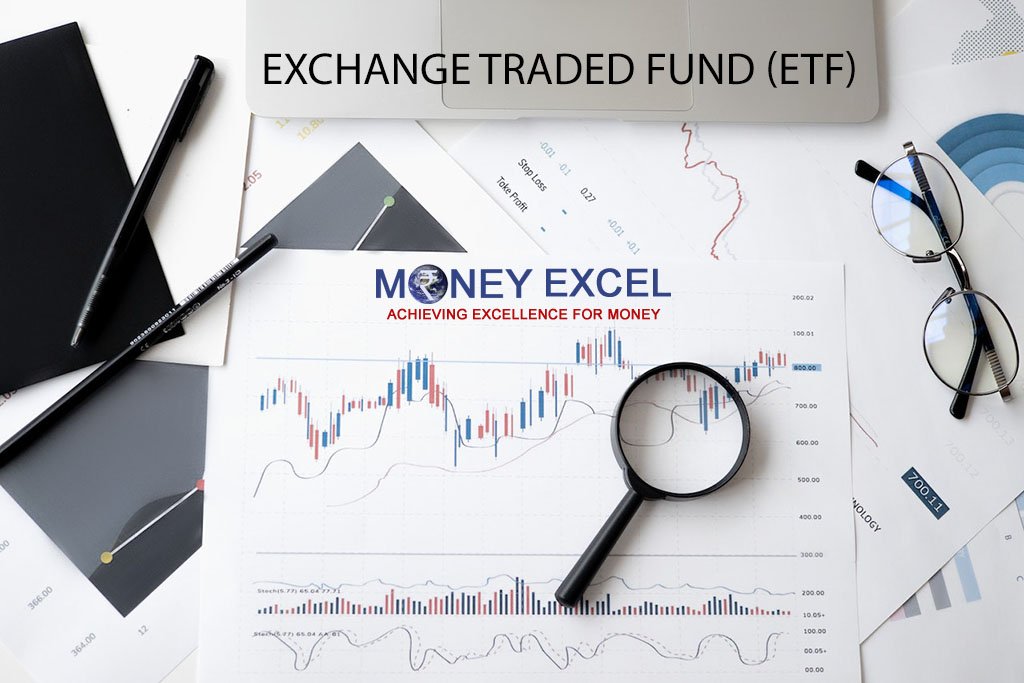Exchange-traded funds, otherwise known as ETFs, are funds that trade like a stock. This means that you can buy and sell ETFs in the secondary market just like any other equity. In this blog, we’ll explain what ETFs are and how they work.

What is an Exchange-Traded Fund?
An ETF is basically a fund that invests in a basket of securities. Instead of stock trading or investing in one stock, with ETFs, you can invest in units of multiple shares. Hence, with an ETF, you can own units of shares of companies that the fund invests in.
As you are essentially buying units of the shares, you are getting exposure to a basket of securities without having to own all of them directly. Every ETF is different, but typically, they are open-ended and trade like stocks on an exchange like any other security. You can buy and sell ETFs like stocks, and there are different types of ETFs to meet almost any investment need. Some ETFs track a specific sector or industry, while others may track a specific country’s stock market.
How Exchange-Traded Funds Work?
The idea behind ETF trading is that it is a fund that invests in a basket of securities. Thus, it will perform based on the underlying securities.
This can be done by buying the stock of companies that are part of the underlying index and holding them until the index goes up. In an exchange-traded fund, you don’t actually own any individual stocks. Instead, you hold units of the stocks that make up the fund.
Thus, the fund tracks the performance of the securities very closely and gives you the return as per your holdings. For example, let’s say you want to invest in an exchange-traded fund that invests in S&P 500. The S&P 500 is an index that represents the 500 largest companies in the United States.
This exchange-traded fund will have holdings in the index’s underlying securities. In this case, the underlying securities are the 500 companies that are a part of the S&P 500. Hence, if this index goes down, then the value of your ETF will also go down. However, its value will increase if the index rises.
Investing can be a difficult task. With the different types of investments available, it can be hard to know which ones are right for you. But purchasing ETFs can help you invest in a basket of securities. Thus, it can help diversify your portfolio and earn good returns.

